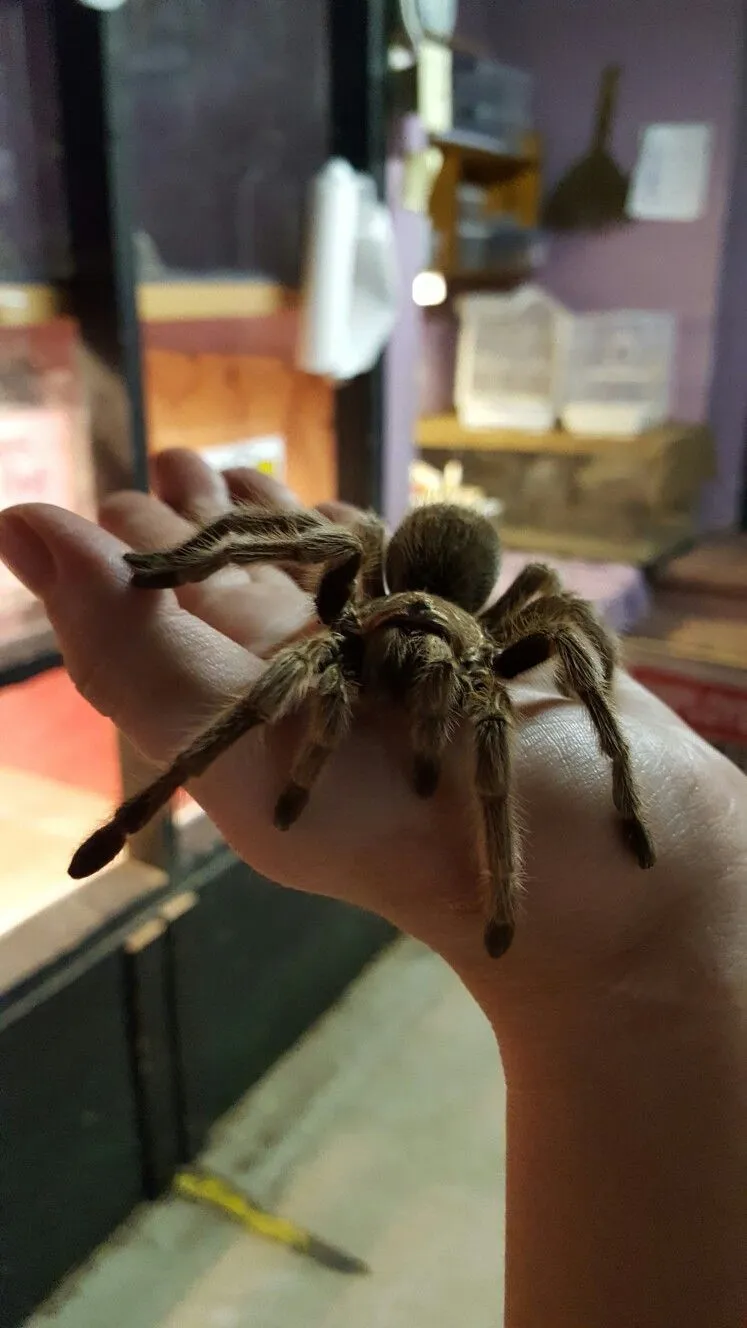Understanding Rose Hair Tarantula Night Temperature
Caring for a Rose Hair Tarantula involves understanding their specific needs, and one of the most crucial aspects is controlling their environment. This includes maintaining the right temperature, day and night. The Rose Hair Tarantula, a popular pet due to its docile nature and relatively easy care, thrives in a carefully regulated habitat. The nocturnal temperature is a significant factor that directly impacts their health, behavior, and overall well-being. Unlike humans, tarantulas are ectothermic, meaning they rely on external sources to regulate their body temperature. This makes them highly susceptible to environmental changes. Understanding the importance of night temperature is the first step towards providing a suitable home for your Rose Hair Tarantula. Ensuring they have a cooler night period can contribute significantly to their longevity and happiness.
Why Night Temperature Matters for Rose Hair Tarantulas
The night temperature plays a vital role in several aspects of a Rose Hair Tarantula’s life. Primarily, it affects their metabolism and activity levels. A cooler night temperature allows the tarantula’s metabolism to slow down, mimicking their natural environment and promoting healthy growth. A constant, unchanging temperature can lead to metabolic issues, stress, and even premature death. Moreover, the night temperature influences the tarantula’s feeding habits and molting cycles. A slightly cooler night can trigger a more natural feeding response, encouraging the tarantula to eat appropriately. Similarly, the temperature fluctuations, combined with humidity, are important for successful molting, a critical process for tarantulas to shed their exoskeleton and grow. Without the correct night temperature, these essential functions can be disrupted, leading to various health problems.
The Ideal Night Temperature Range
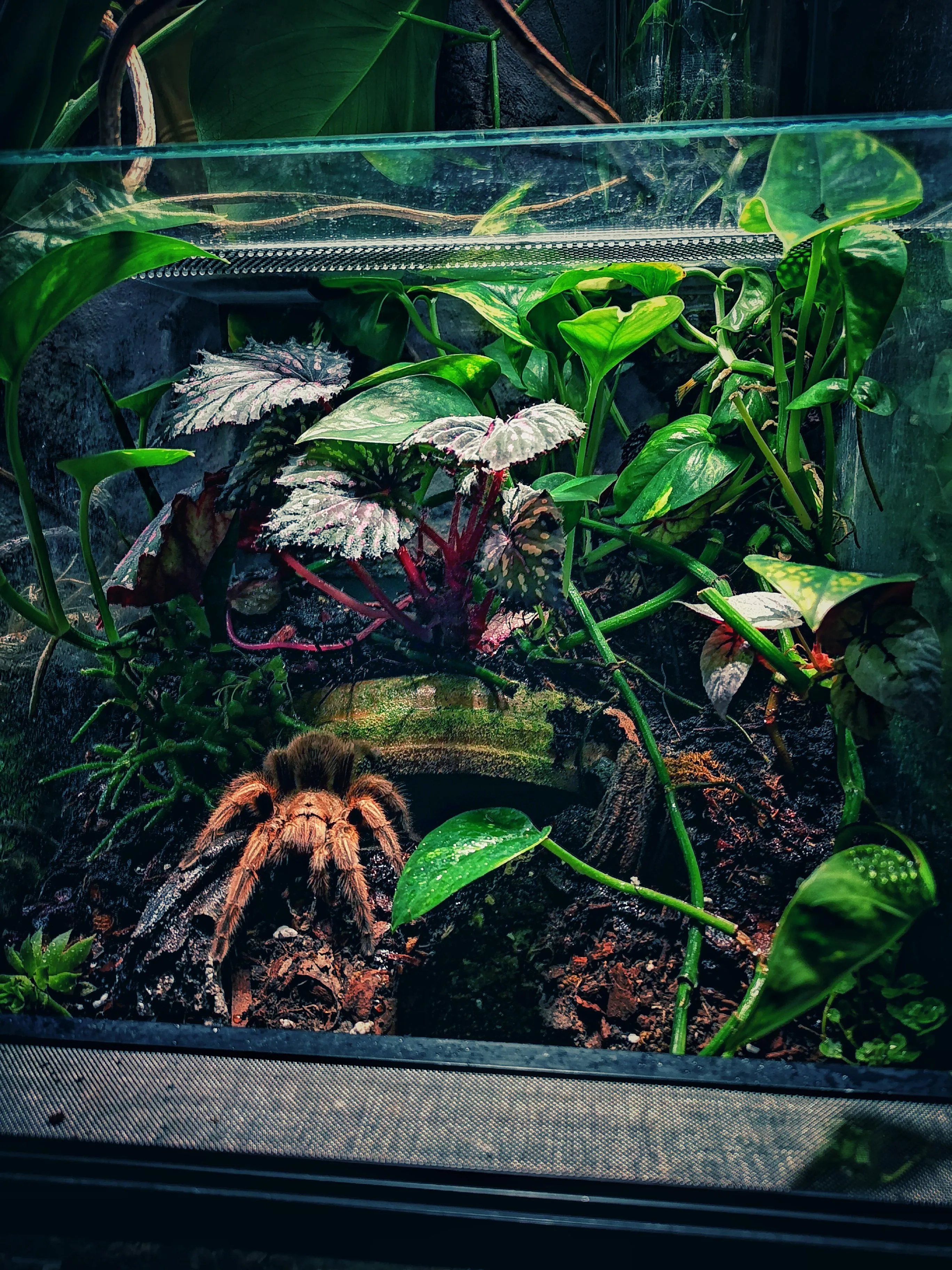
The ideal night temperature for a Rose Hair Tarantula generally falls between 68°F to 75°F (20°C to 24°C). This range allows the tarantula to rest comfortably and supports its biological processes. Maintaining this temperature involves monitoring the enclosure and making necessary adjustments. A consistent temperature, slightly lower than the daytime temperature, is crucial. Many keepers find that a difference of about 5-10 degrees Fahrenheit between day and night is beneficial. However, it is essential to avoid sudden and drastic temperature changes, as these can shock the tarantula. The key is to create a stable and consistent environment that mimics the conditions the tarantula would experience in its natural habitat. Regular monitoring and adjustments based on the specific environment are necessary to achieve the best results and to make sure the rose hair tarantula is happy and healthy.
How Temperature Affects Tarantula Health
Temperature directly affects a Rose Hair Tarantula’s overall health and well-being. A consistently high temperature can lead to dehydration and stress, making the tarantula lethargic and potentially shortening its lifespan. Conversely, a temperature that is too low can slow down its metabolism too much, reducing its appetite and making it more susceptible to illnesses. The correct temperature helps the tarantula’s immune system function effectively, reducing the risk of infections and other health problems. Furthermore, the temperature impacts the humidity levels within the enclosure, affecting the tarantula’s ability to molt successfully. Improper temperature can lead to molting issues, such as the tarantula getting stuck in its old exoskeleton, which can be fatal. Therefore, closely monitoring and maintaining the appropriate temperature range is a cornerstone of responsible Rose Hair Tarantula care.
Fact 1 Keeping It Cool: The Importance of a Cooler Night
A cooler night is essential for the health and well-being of a Rose Hair Tarantula. This drop in temperature helps mimic the natural environment of the tarantula, where temperatures decrease at night. This nightly dip in temperature allows the tarantula to slow its metabolism, which is vital for its overall health. A cooler night promotes proper digestion, encourages healthy molting, and prevents overheating. By maintaining a cooler night temperature, you can help your tarantula thrive and live a longer, healthier life. Think of it as a period of rest and recovery for your pet, similar to how humans benefit from a good night’s sleep. A slightly cooler temperature helps the tarantula conserve energy and regulate its bodily functions, ensuring it remains in optimal condition.
Fact 2 Natural Habitat Conditions
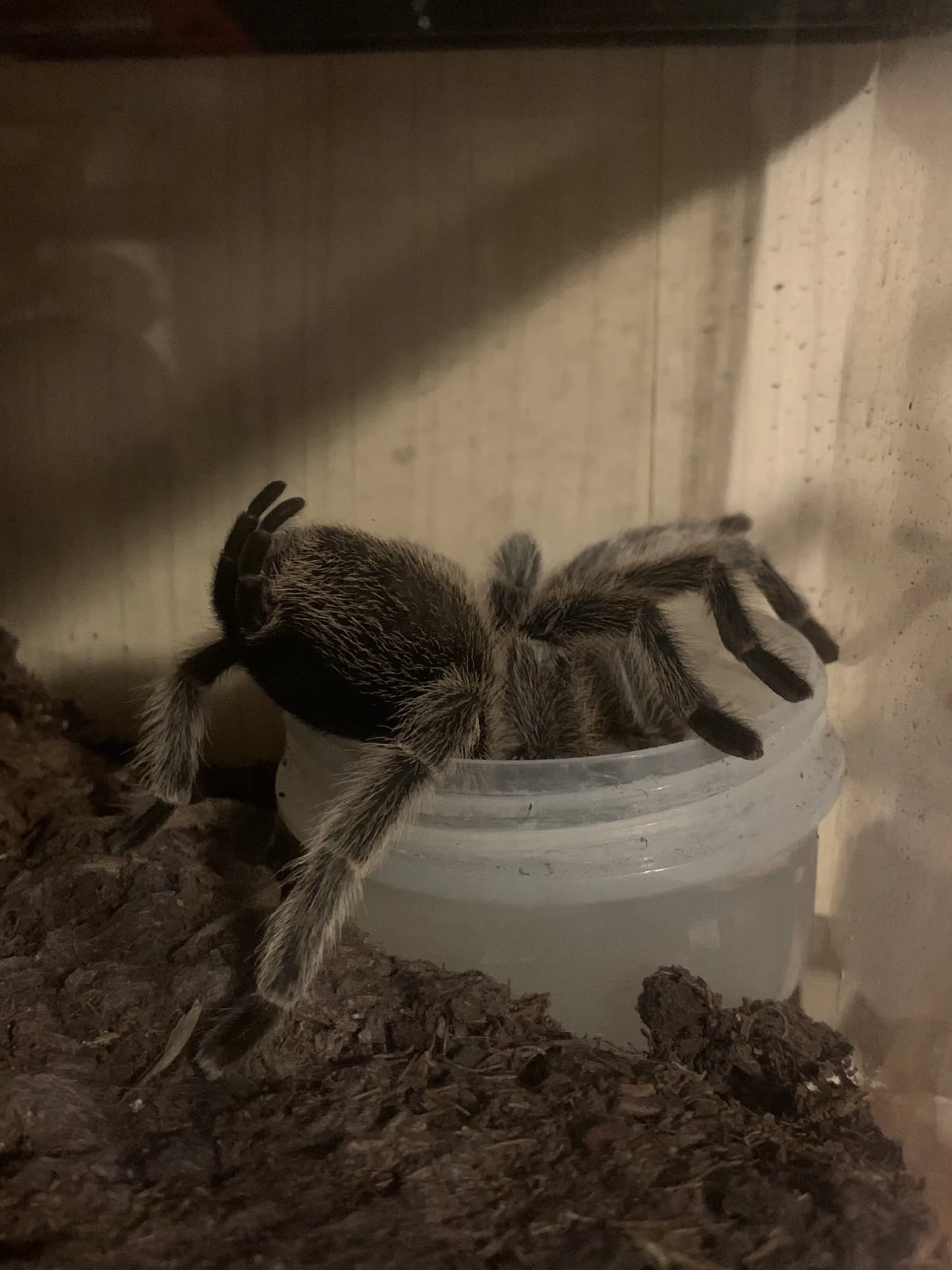
Understanding the natural habitat of the Rose Hair Tarantula is crucial to providing the right night temperature. These tarantulas originate from the arid regions of South America, where temperatures fluctuate significantly between day and night. During the day, temperatures can be warm, while nights are considerably cooler. Replicating these conditions in captivity is key to the tarantula’s health and happiness. In their natural environment, the cooler nights help the tarantulas conserve energy, regulate their metabolism, and prepare for the warmer daytime temperatures. Knowing these natural conditions helps in designing an appropriate and healthy living space. This understanding guides the creation of an enclosure that fosters the well-being of your pet.
Fact 3 Avoiding Overheating
Overheating is a significant risk for Rose Hair Tarantulas, and the night temperature plays a crucial role in preventing it. Constant high temperatures can lead to dehydration, stress, and even death. Ensure that the enclosure is not placed in direct sunlight or near heat sources. Avoid using heat lamps continuously, as they can cause the enclosure to become too hot. Regular monitoring of the temperature with a reliable thermometer is essential to prevent overheating. A well-ventilated enclosure also helps to regulate the temperature and prevent heat build-up. By avoiding overheating, you are ensuring your Rose Hair Tarantula’s survival. Be vigilant in observing your pet for any signs of heat stress, such as lethargy or unusual behavior, and take immediate action to cool down the enclosure if necessary.
Fact 4 Thermometers and Accurate Measurement
Using a reliable thermometer is essential for accurately measuring the temperature inside the Rose Hair Tarantula’s enclosure. Digital thermometers are recommended for their ease of use and accuracy. Place the thermometer in a location that accurately reflects the temperature in the tarantula’s living space, away from direct heat sources or drafts. Regularly check the thermometer to ensure the temperature is within the ideal range, especially at night. Investing in a high-quality thermometer is a small but significant investment in your tarantula’s health. Avoid using thermometers that are unreliable or difficult to read, as they can lead to inaccurate temperature readings and potential harm to your pet. Consistent monitoring allows for timely adjustments to the environment.
Fact 5 Nighttime Temperature Drop Strategies
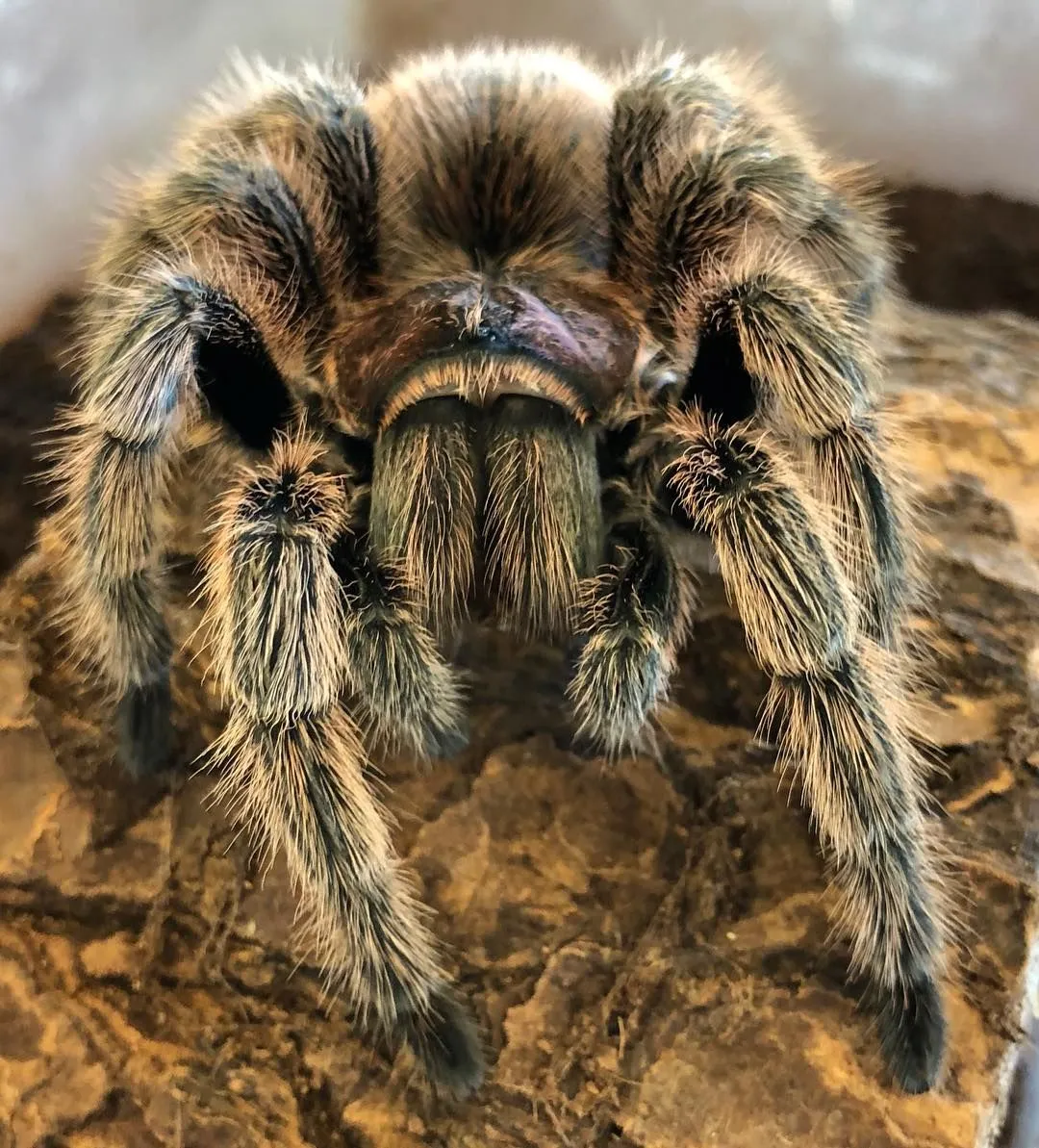
There are several strategies to achieve a cooler night temperature in your Rose Hair Tarantula’s enclosure. One simple method is to turn off any heating devices, such as heat lamps, during the night. You can also adjust the room temperature where the enclosure is located, ensuring it is not too warm. Proper ventilation can also help to reduce the temperature. Avoid placing the enclosure near heat sources like radiators or direct sunlight. If the room temperature is still too high, consider using an air conditioner or a fan to cool the area slightly. During the day, ensure your tarantula has access to water. By implementing these strategies, you can effectively create a cooler night environment that mimics the natural conditions of the Rose Hair Tarantula.
Fact 6 Maintaining Humidity at Night
Along with temperature, humidity plays a crucial role in the well-being of a Rose Hair Tarantula, especially at night. While the night temperature should be cooler, the humidity should remain relatively stable. The humidity level should be between 60% to 70% for Rose Hair Tarantulas. To maintain this humidity, lightly mist the enclosure with dechlorinated water, ensuring the substrate is slightly moist but not saturated. A shallow water dish should always be available to provide hydration and help maintain humidity. Proper ventilation is also essential to prevent the build-up of excessive humidity, which can lead to mold and other health problems. Regular monitoring of both temperature and humidity is critical to creating a healthy environment. Make sure the water source is clean, and consider using a hygrometer to measure humidity accurately.
Fact 7 Monitoring Your Tarantula’s Behavior
The best way to ensure your Rose Hair Tarantula is thriving is to observe its behavior. A healthy tarantula will be active, eating regularly, and displaying natural behaviors such as burrowing or exploring its enclosure. If your tarantula is lethargic, not eating, or displaying unusual behaviors, it could be a sign that the temperature is not right. Look for signs of stress, such as the tarantula hiding constantly or sitting in a strange position. Monitor its molting cycles, as difficulties in molting can indicate environmental stress. Regular observation, combined with accurate temperature and humidity control, is crucial for the long-term health of your pet. A keen eye for detail can help you identify problems early, allowing you to make adjustments to ensure your tarantula’s well-being. Also, consider keeping a journal to track the tarantula’s behaviors, temperatures, and humidity levels.
Troubleshooting Common Temperature Issues
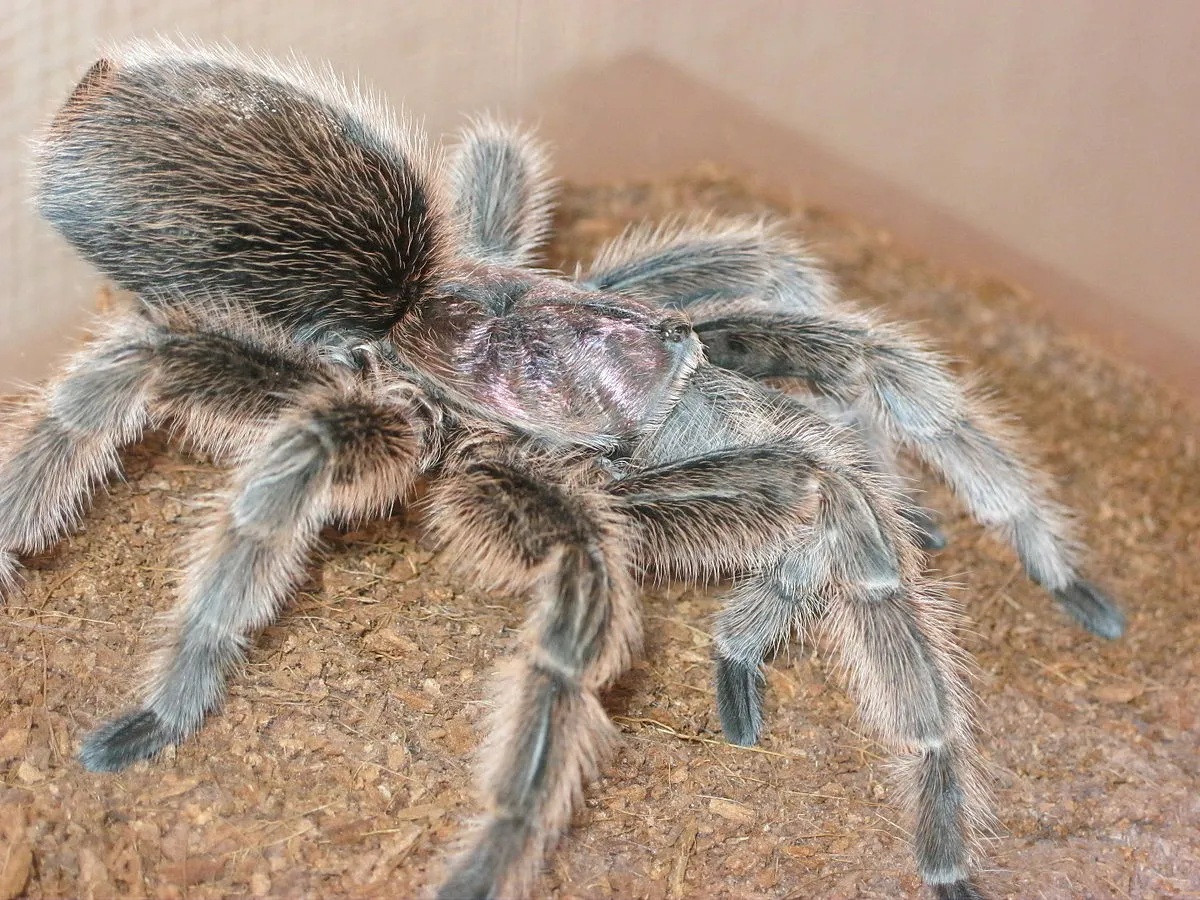
Even with the best care, temperature issues can arise. If the enclosure is too warm, increase ventilation, move the enclosure to a cooler location, or reduce the use of heat sources. If it’s too cold, you might need to use a heat lamp, but ensure it is properly regulated and does not cause overheating. Regularly check your thermometer and make adjustments as needed. Addressing any temperature-related problems promptly can prevent health issues for your tarantula. Always double-check your equipment to ensure proper functionality. If your tarantula seems unwell, check all environmental conditions and consult with a veterinarian or experienced tarantula keeper. Quick responses can significantly improve your pet’s chances of recovery. Remember to never make drastic changes to the temperature all at once.
Recognizing Signs of Temperature Stress
Understanding the signs of temperature stress in a Rose Hair Tarantula is vital. If the tarantula is exposed to temperatures that are too high, it might become lethargic, move slowly, or seek out a cool area of the enclosure. Dehydration can also be a sign of overheating. On the other hand, if the temperature is too low, the tarantula may become less active, refuse to eat, or appear to be sluggish. In extreme cases, it could experience tremors or other unusual behaviors. By recognizing these signs early, you can take corrective measures to improve the tarantula’s environment. Any significant change in behavior should be a signal to check the enclosure’s temperature and make appropriate adjustments. Consistent observation and knowledge of your pet’s normal behavior will make detecting stress symptoms more accessible.
Preventive Measures and Solutions
Prevention is always better than cure when it comes to caring for your Rose Hair Tarantula. To prevent temperature-related issues, maintain a stable environment, monitor the temperature regularly, and ensure proper ventilation. Avoid placing the enclosure near heat sources or in direct sunlight. Use a reliable thermometer, and make adjustments to the environment as needed. Have a backup plan in case of power outages. If you notice any signs of stress, take immediate action to correct the temperature. Always be prepared and proactive in providing the best care for your pet. These simple steps can go a long way in ensuring your Rose Hair Tarantula lives a long, healthy, and stress-free life. Consistent maintenance is the key to prevention.
Conclusion for Rose Hair Tarantula Night Temperature

Maintaining the correct night temperature is fundamental to the health and well-being of your Rose Hair Tarantula. By understanding the importance of a cooler night, the ideal temperature range, and the effects of temperature on the tarantula’s health, you can create an environment where your pet thrives. Regular monitoring, preventive measures, and quick responses to any signs of stress are essential. With the right care and attention to detail, you can provide your Rose Hair Tarantula with a comfortable and healthy home. Remember to always research and learn more about their specific needs to provide the best care possible. Your dedication to creating the perfect environment ensures that your Rose Hair Tarantula leads a happy and healthy life. By following these guidelines, you can be a responsible and successful pet owner.
